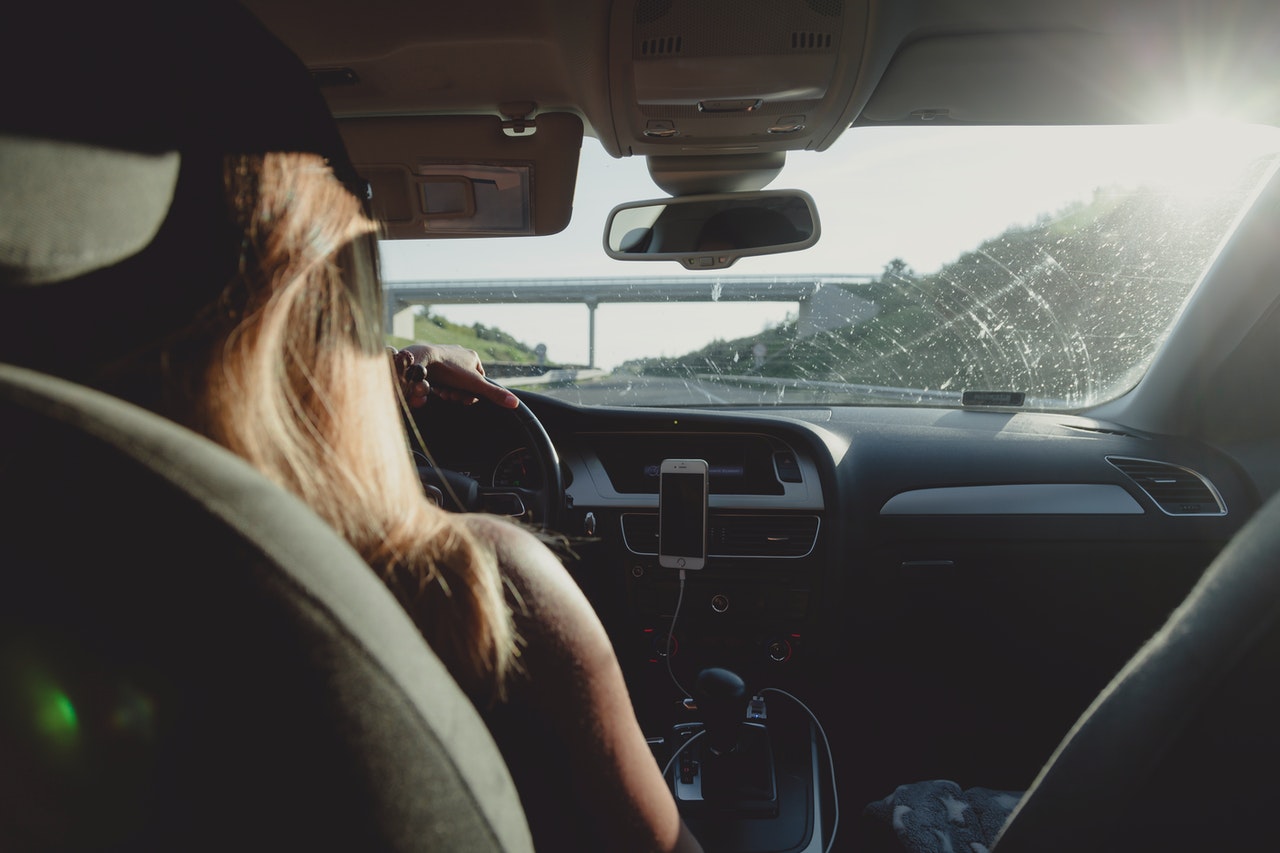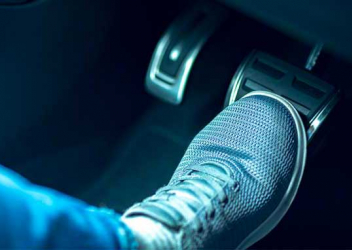Research In Action
Research In Action
Breadcrumb

We recently published the results of a project with auto industry members of the Center for Child Injury Prevention Studies (CChIPS) investigating crashes using data from the second Strategic Highway Research Program (SHRP 2) naturalistic driving study. For this unique two-year long industry/university collaboration, we held monthly case reviews of the most severe crashes in the database and explored reasons for the crash, discussed crash avoidance technological interventions, and brainstormed additional technologic improvements to prevent crashes.
What makes the SHRP 2 database so valuable is that the real-time data removes bias that might otherwise exist with commonly used data sources in previous studies, such as post-crash surveys or incomplete police reports. With videos inside and outside the car, SHRP 2 data allows us to understand the objective circumstances of a crash. In addition, the database captures crashes that are not fatal or not reported to the police.
Key Findings: Recognition Errors as the Primary Cause
Recognition error (scanning the scene, identifying the hazard) was the primary cause of crashes across all ages and continues to grow in dominance with in-vehicle infotainment or distraction (e.g. cell phones). This is consistent with data from the past 20 years. Beyond recognition errors, other reasons for crashes included poor decision making and performance errors (such as oversteering, or hitting the gas pedal instead of the brake). Decision errors were more prevalent among younger drivers, and performance errors were more prevalent among older drivers.
Interventions To Consider
Automatic emergency braking was the predominant technology that could have addressed about half of the crashes investigated as part of this study. Fortunately, automakers have committed to making this standard in their fleets.
Moreover, additional suggestions for how automakers can improve technologies to address crashes include:
- Adaptive warning systems: Crashes in the real world occurred more frequently in poor weather conditions, but current warning systems don’t take weather into account. An adaptive warning system that warns differently in rainy weather versus sunny weather would be helpful.
- Improved detection of non-standard objects: Current warning systems are designed to detect vehicles and humans, but crashes that involve non-standard objects, such as guardrails or snowbanks, do occur.
- Vehicle communication: Emerging technology will help vehicles communicate with each other to help prevent crashes, but it would also be helpful if a tunnel, bridge, and or even a crosswalk could communicate with a car, as these are locations where crashes frequently occur.
A Unique Industry/University Collaboration
In addition to our published study, our collaboration was additionally recognized with a Best Student Presentation award at the Association for the Advancement of Automotive Medicine conference in 2021. This collaboration highlights the symbiotic relationship between the industry and university members of CChIPS. We at CIRP benefit from the automakers’ nuanced understanding of available car technology, and the CChIPS industry members benefit from our access to the research database. Working together, we leveraged our strengths to design a comprehensive set of recommendations to help improve car safety.
Learn more about CIRP research on crash avoidance and the SHRP 2 database.




